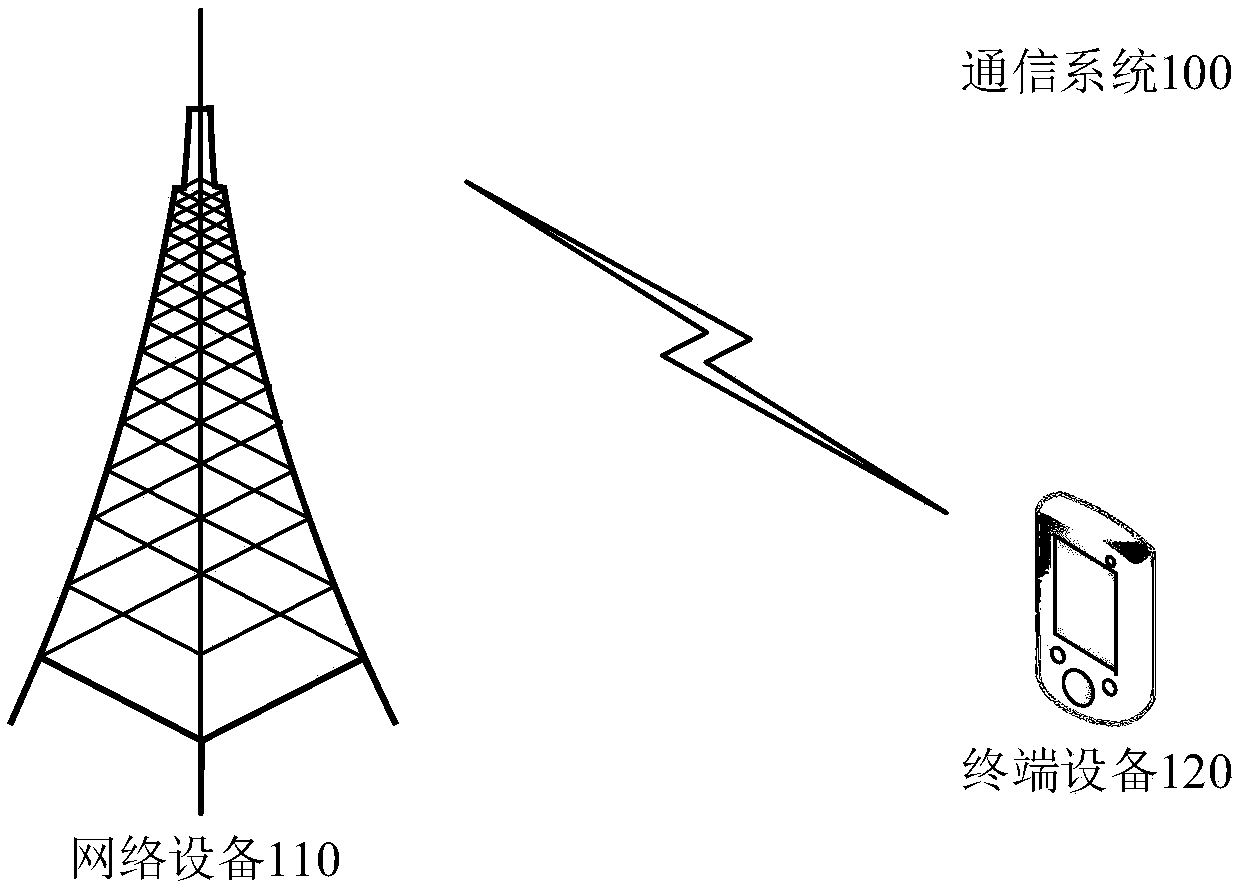Communication method, communication device and storage medium
A communication method and a technology of a communication device, which are applied in wireless communication, signaling distribution, transmission path sub-channel distribution, etc., can solve problems such as receiving errors and inconsistencies in understanding terminal equipment, and achieve the effect of low receiving complexity
- Summary
- Abstract
- Description
- Claims
- Application Information
AI Technical Summary
Problems solved by technology
Method used
Image
Examples
Embodiment Construction
[0073] The technology described in the embodiments of this application can be used in various communication systems, such as long term evolution (long termevolution, LTE) system, new radio (New Radio, NR) system and evolved LTE (evolved LTE, eLTE) system and other 5G (the fifth generation (fifth generation) system, or other next generation (next generation, NG) communication system.
[0074] figure 1 It is a schematic diagram of a communication system 100 provided in an embodiment of the present application.
[0075] Such as figure 1 As shown, the communication system 100 includes a network device 110 and a terminal device 120 . The terminal device 120 communicates with the network device 110 through electromagnetic waves. When the terminal device 120 sends information, the wireless communication module of the terminal device 120 can obtain the information bits to be sent to the network device 110 through the channel. These information bits are, for example, generated by th...
PUM
 Login to View More
Login to View More Abstract
Description
Claims
Application Information
 Login to View More
Login to View More - R&D
- Intellectual Property
- Life Sciences
- Materials
- Tech Scout
- Unparalleled Data Quality
- Higher Quality Content
- 60% Fewer Hallucinations
Browse by: Latest US Patents, China's latest patents, Technical Efficacy Thesaurus, Application Domain, Technology Topic, Popular Technical Reports.
© 2025 PatSnap. All rights reserved.Legal|Privacy policy|Modern Slavery Act Transparency Statement|Sitemap|About US| Contact US: help@patsnap.com



